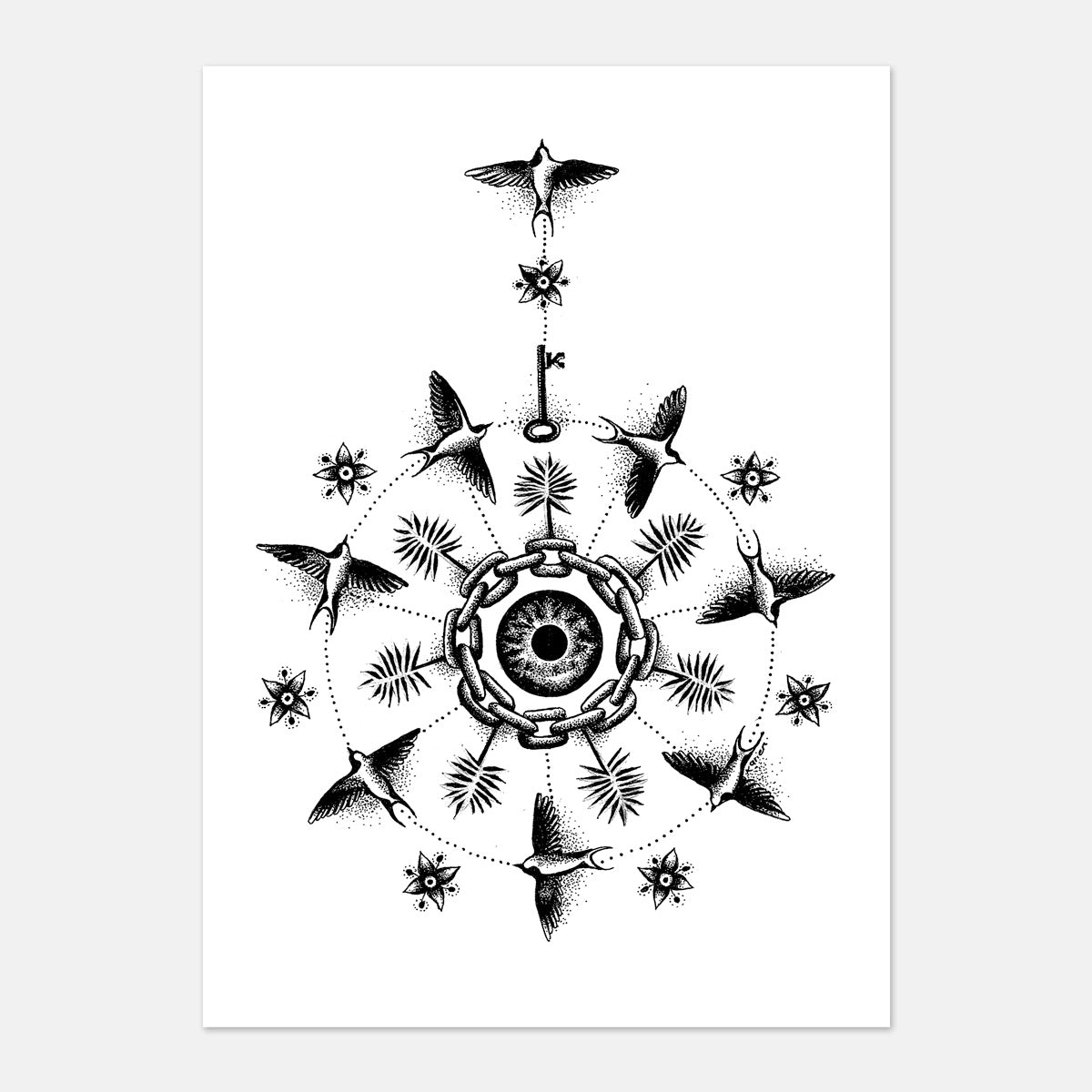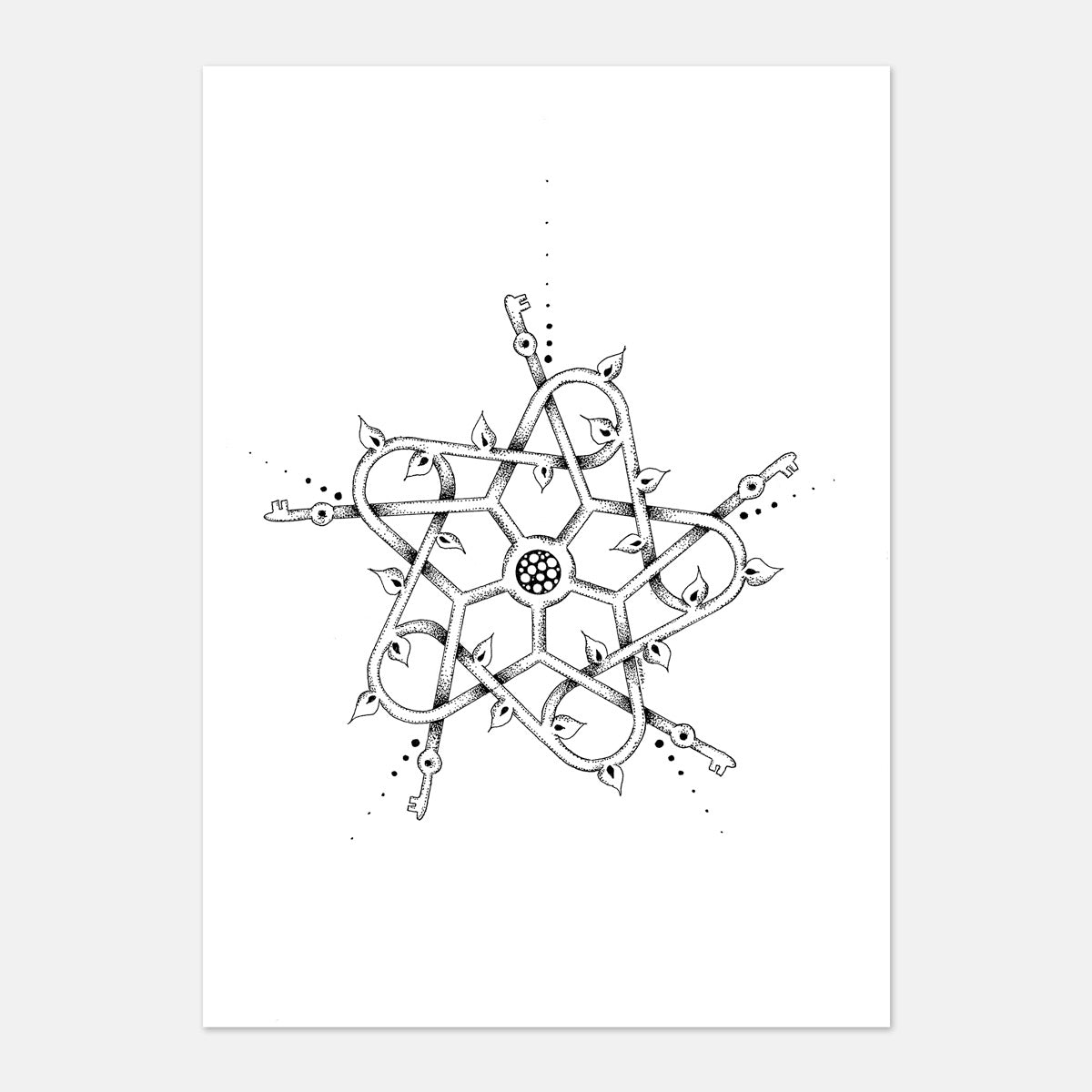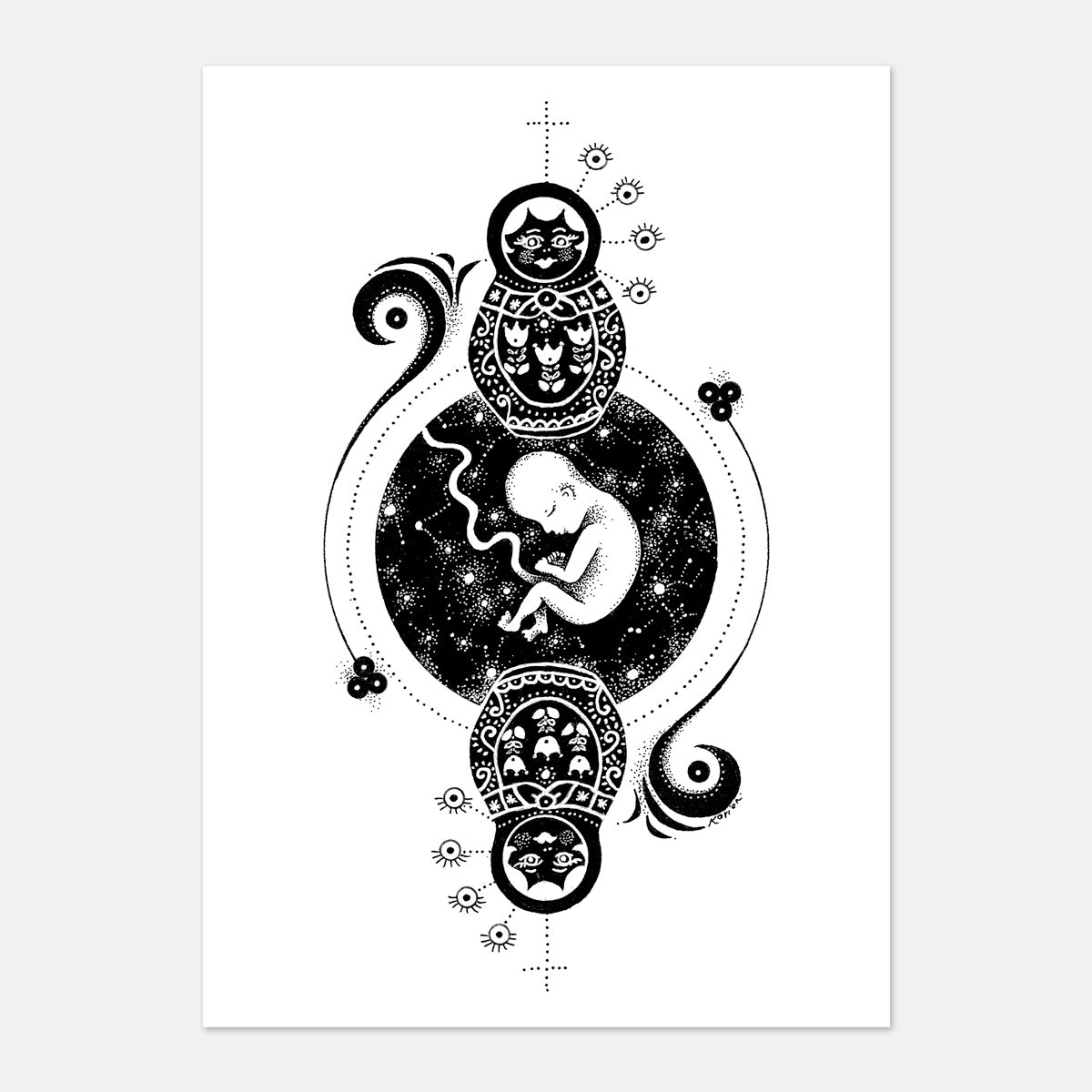What is Ekphrastic Poetry?
Ekphrastic poetry is a type of poetry that describes a work of art, such as a drawing, painting, sculpture, or photograph. The word "ekphrasis" comes from the Greek word "ek" (out) and "phrasis" (expression), meaning "description" or "interpretation."
How Is Ekphrastic Poetry Used?
Ekphrastic poetry is not limited to describing the physical appearance of the artwork. Instead, it aims to capture the essence or mood of the artwork and evoke an emotional response from the reader. This can involve exploring the meaning or symbolism behind the artwork, reflecting on the emotions it evokes, or imagining the story behind the artwork.
Ekphrastic poetry breathes new life into the world of art. It fosters a dynamic interplay between visual and literary forms, allowing us to experience works in an entirely different way. Whether it be through vivid descriptions or musings on its deeper meaning, ekphrastic poems open our eyes to new perspectives – prompting thought-provoking conversations with otherwise silent canvases!
How Is Ekphrastic Poetry Written?
Ekphrastic poetry can be written in any poetic form or style. It can also explore various themes and issues, from the beauty of nature to social justice. Whether you're writing about a beloved piece of artwork or exploring something new, ekphrastic poetry provides an engaging way to connect with the visual world around us.
Examples of Ekphrastic Poets
Noted poets such as John Keats, W. H. Auden, William Carlos Williams, Elizabeth Bishop, and Anne Sexton have all embraced ekphrastic poetry through works like Keats' "Ode on a Grecian Urn" describing an ancient Greek urn's scene or Auden's "Musée des Beaux-Arts," which muses upon Pieter Bruegel the Elder's painting depicting the fall of Icarus. Such masterful renderings demonstrate how far this poetic form has developed over time.
Conclusion
Ekphrastic poetry is an excellent way for poets to examine art and tinker with language, form, and expression. Ekphrastic poetry is not just about describing what the artwork looks like. It is about trying to understand the artwork and how it makes you feel. This can involve thinking about what the artwork might mean, what emotions it makes you feel, or imagining the story behind it. Ekphrastic poetry brings art to life in a new way. It creates a back-and-forth between words and pictures, allowing us to experience works of art in an entirely different way. Whether it be through detailed descriptions or thoughts on its deeper meaning, ekphrastic poems open our eyes to new perspectives – prompting us to have thought-provoking conversations with otherwise silent canvases!
Read more:
– "John Keats - Ode on a Grecian Urn" Poetry Foundation
– "W.H. Auden - Musée des Beaux Arts" Poetry Foundation
– "William Carlos Williams – The Red Wheelbarrow"



